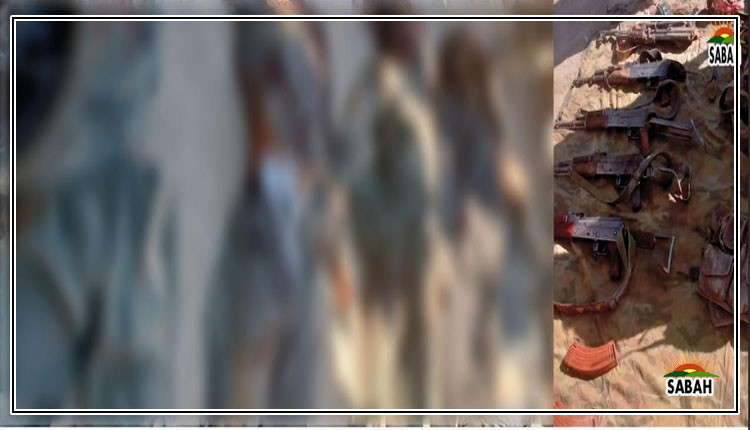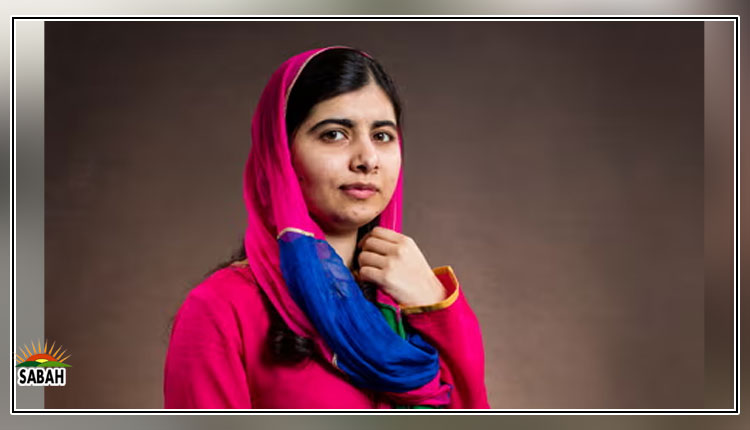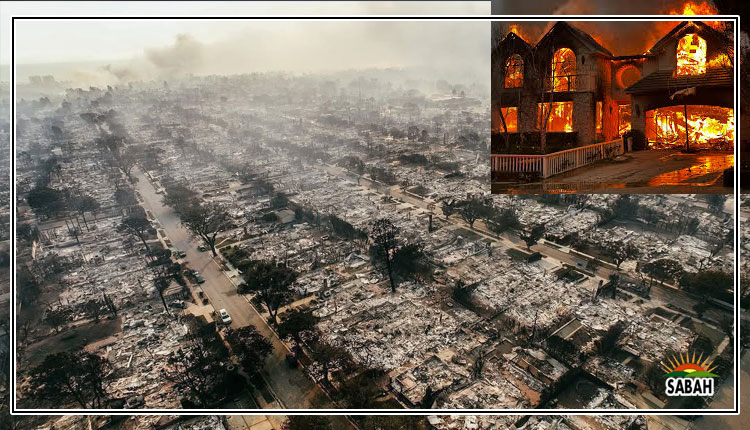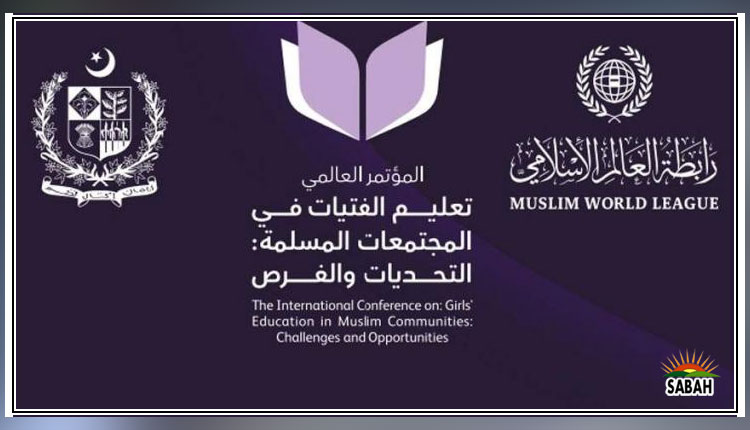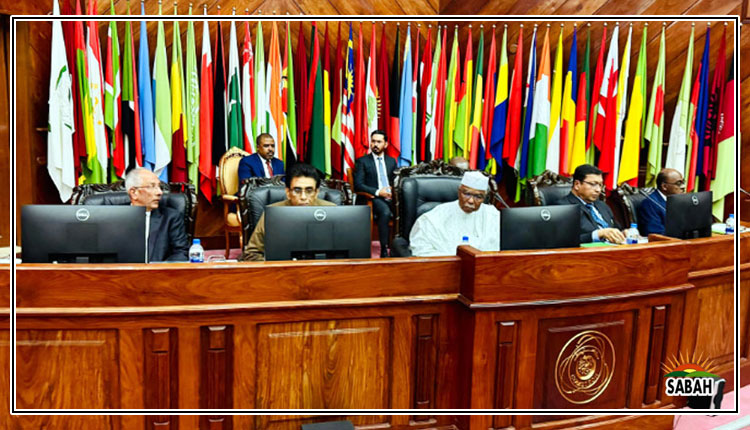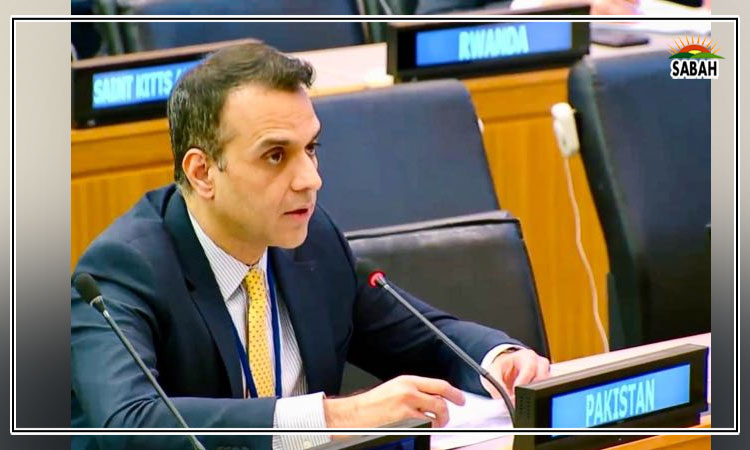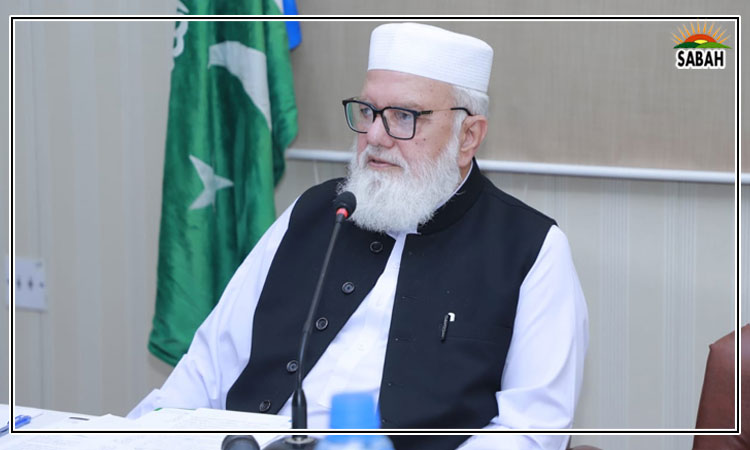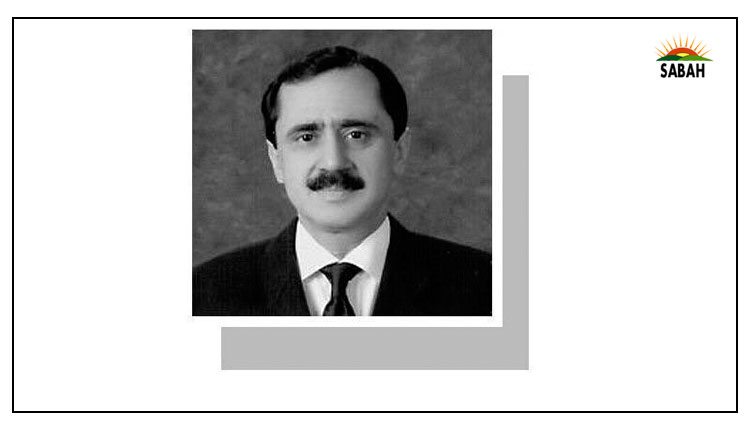Killing the future…Shahab Usto
RECENTLY, a wave of grief and consternation swept across Sindh. A young scholar Ajmal Sawand, who had earned his PhD degree from France in artificial intelligence, was brutally murdered by some rogue tribal elements in Kandhkot, an area which even the police are wary of treading. Tribal violence has long infested much of the province, largely due to the peculiar sociopolitical environment that contributes to the atomisation of society into castes, clans and tribes. But the gruesome killing has come as a chilling reminder of a host of other ills that are pushing the province, if not the entire country, into the dark recesses of mediaeval times. Here are some of them:
The state: The state as envisaged in the Constitution sovereign, protective, benevolent and egalitarian is nowhere to be found in Sindhs rural society. Instead, the core functions of the state have been outsourced to a clique of powerful tribal-feudal families, who act like satraps in their respective areas. They are calling the shots. They determine the amount and object of utilising public funds; the tenure and role of the local bureaucracy; the mode of rendering tribal justice through jirgas; the nature of gender relations and the extent of womens rights; and most importantly, the results of elections, employing both their own muscle and state power. As a result, millions of half-literate and impoverished citizens have become hostage to a captured environment. And they are paying a huge ransom to these anachronistic forces in the form of forfeiting their fundamental rights, and even their lives at the altar of never-ending tribal wars. Sick of this feudal-tribal dyarchy, many hapless citizens are leaving for the larger towns and cities.
The patronage: At one time, the provincial metropolis of Karachi was also under the draconian hold of various political militias and criminal gangs. For many years, citizens and businessmen lived in a state of constant fear and uncertainty. Hundreds of innocent lives were lost to ethnic, political, sectarian and criminal outfits. At one point, it was rated as one of the most dreaded cities in the world. All of a sudden, the reign of terror receded, barring some street crime and sporadic looting that are not so uncommon in megacities. But the city did not see peace and security for long because the outfits and mafias had a sudden change of heart. It happened mainly because the powerful hidden hand that had kept the city hostage to these gangs was withdrawn of course, in view of national security imperatives.
But alas, Sindhs rural society, which is home to 30 million people, continues to face violence and feudal oppression. A vast network of criminal gangs has evolved over the years under the aegis of bureaucracys compromised and corrupt elements and a politically opportunist provincial government. This agitates the mind: is it not in the national interest to stop propping up this obsolete dyarchy in order to save rural society and its vital agro-based economy from the continuing violence and lawlessness?
The loot: Historically, feudalism has rested on three pillars: land, patronage and authoritarianism. India eradicated feudalism in its early years. But here, feudalism at least in its prevailing sociopolitical form has stood its ground, rather flourished. For decades, our landed aristocracy has dominated the legislature and governments. It never allowed equitable distribution even in the case of public lands. Later, a new class of powerful landowners generals, bureaucrats, judges, legislators, and large developers such as the DHAs and Bahria Towns emerged, which further entrenched landed power. But the cost was paid by millions of landless and homeless citizens.
Today, land reforms are already a lost cause. And more so for a socialist PPP. Instead of eradicating feudalism, it has followed the military dictators path in Sindh empowering the feudal-tribal electables to secure rural constituencies. It has gone even further. It has weaponised these forces to win elections in fact, has given them a legitimacy using the democratic and Bhutto labels. Funnily, the resulting symbiosis of politics, land and tribalism in Sindh has germinated a romance for land, particularly, among wannabe politicians and the bureaucracy; the former, to gain a political foothold; and the latter, to stash its ill-gotten wealth and enjoy feudal trappings.
The rights: The people are paying a heavy cost for this political opportunism. During the last five years, more than 3,000 people have been killed in tribal feuds, beside dozens of police officials. Hundreds of embattled families have been displaced. Many of the warring tribals have turned into hardened criminals, some to avenge their kinsmen, and others to provide for their families. The women continue to be property or a bargaining chip in tribal jirgas. Thousands of displaced children are out of school, and irreversibly traumatised. Yet, the ruling party and its surrogate bureaucracy are reluctant to rein in the patrons of violent tribalism, the mediaeval dyarchy. No wonder Dr Sawands assassins remain at large.
However, the dyarchy has become anathema to society. Dr Sawand is being widely mourned and missed for his scholarship, but more for his resolve, audacity and vision. He had left Paris where he was gainfully employed for a Sindh which he knew had turned into a tribal minefield; Shawli his tiny village was also in the crosshairs of a violent feud. Still he had dreams. He had a vision of a future that heralded enlightenment, modernity and empowerment. He saw vast potential in the teeming youth that wilted away, untapped. He wanted to train youth to produce the best computer scientists. Therefore, he chose to live and work in the country, moving away from metropolitan conveniences and corporate lure.
Alas! That was not acceptable to the dyarchy. A glorious future is antithetical to mediaeval minds. They targeted him because he was a lodestar for his clan, if not the entire rural society. And also, because they knew it took ages to bear an Ajmal Sawand.
Courtesy Dawn


